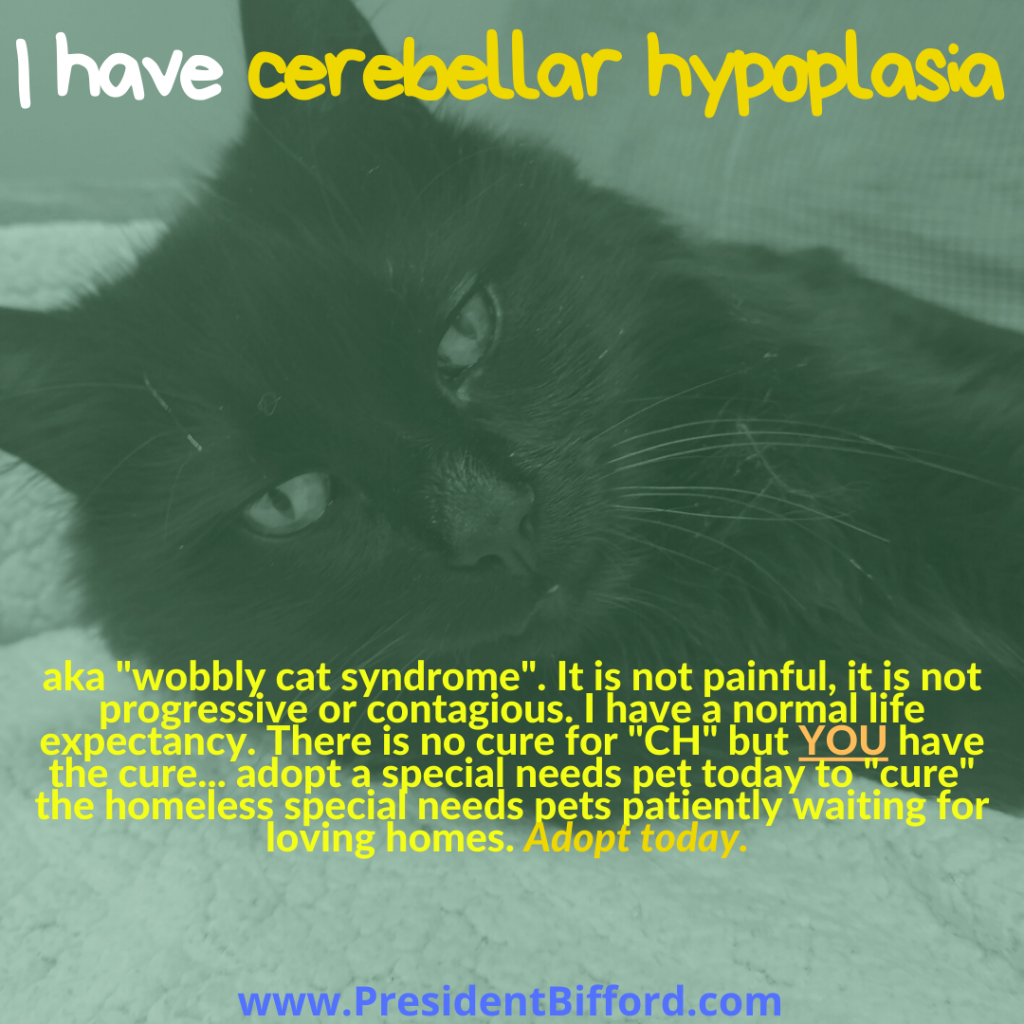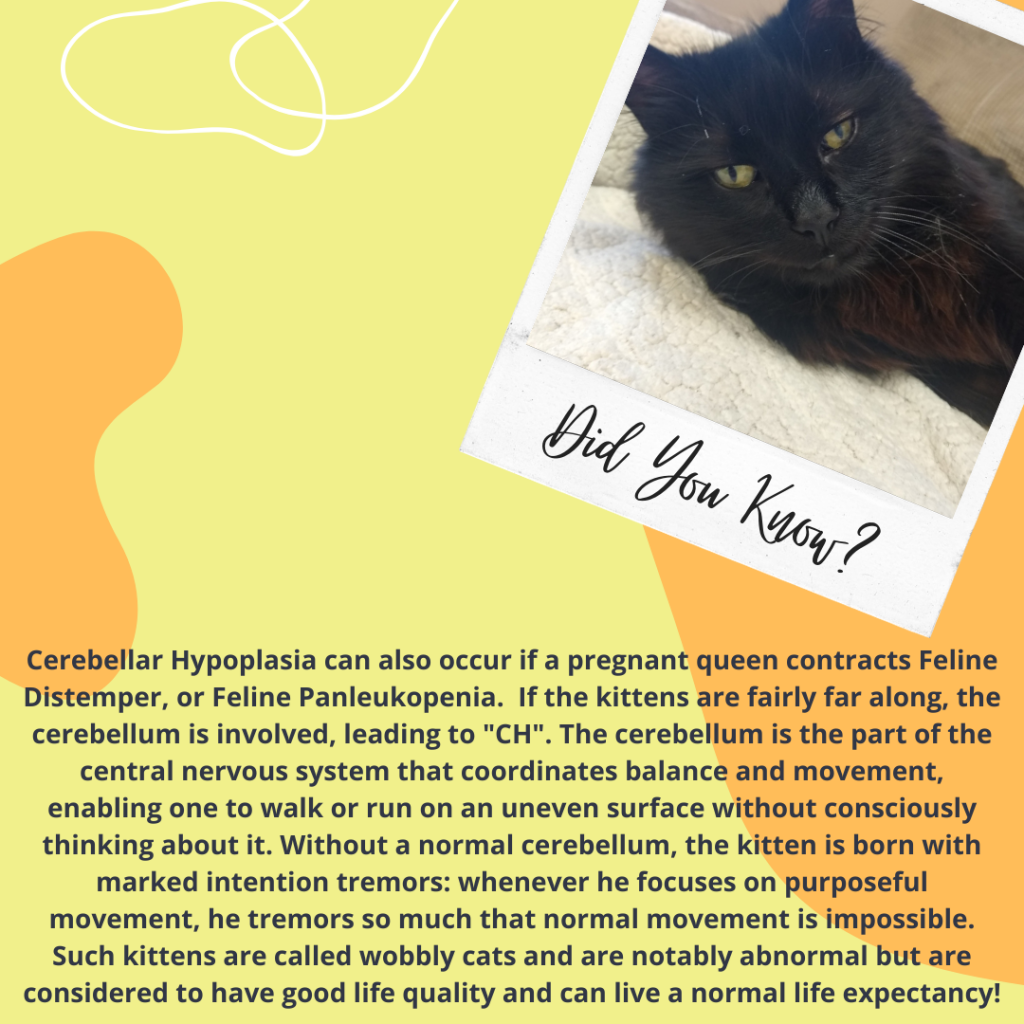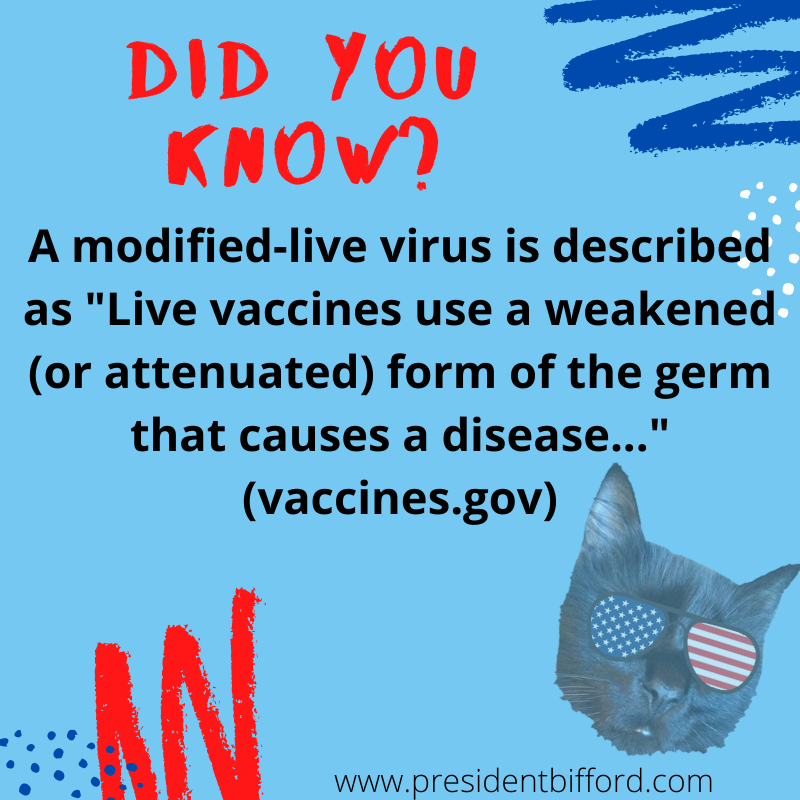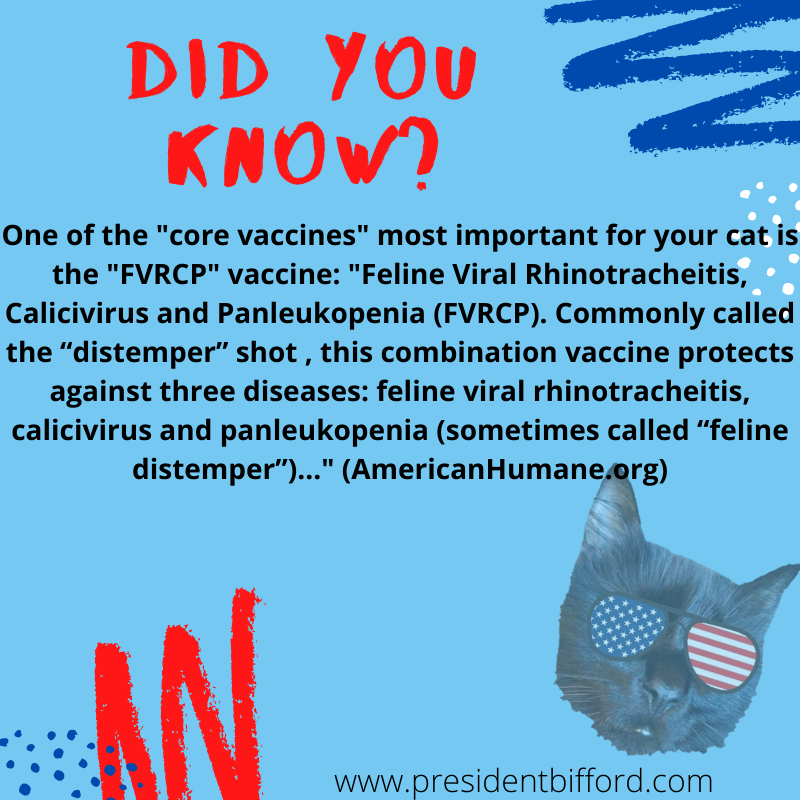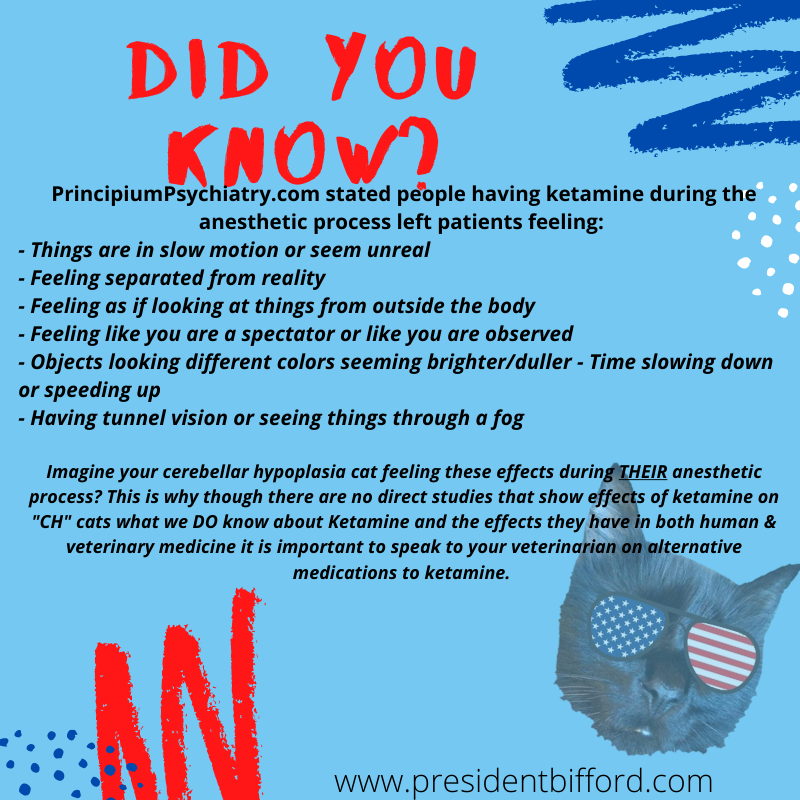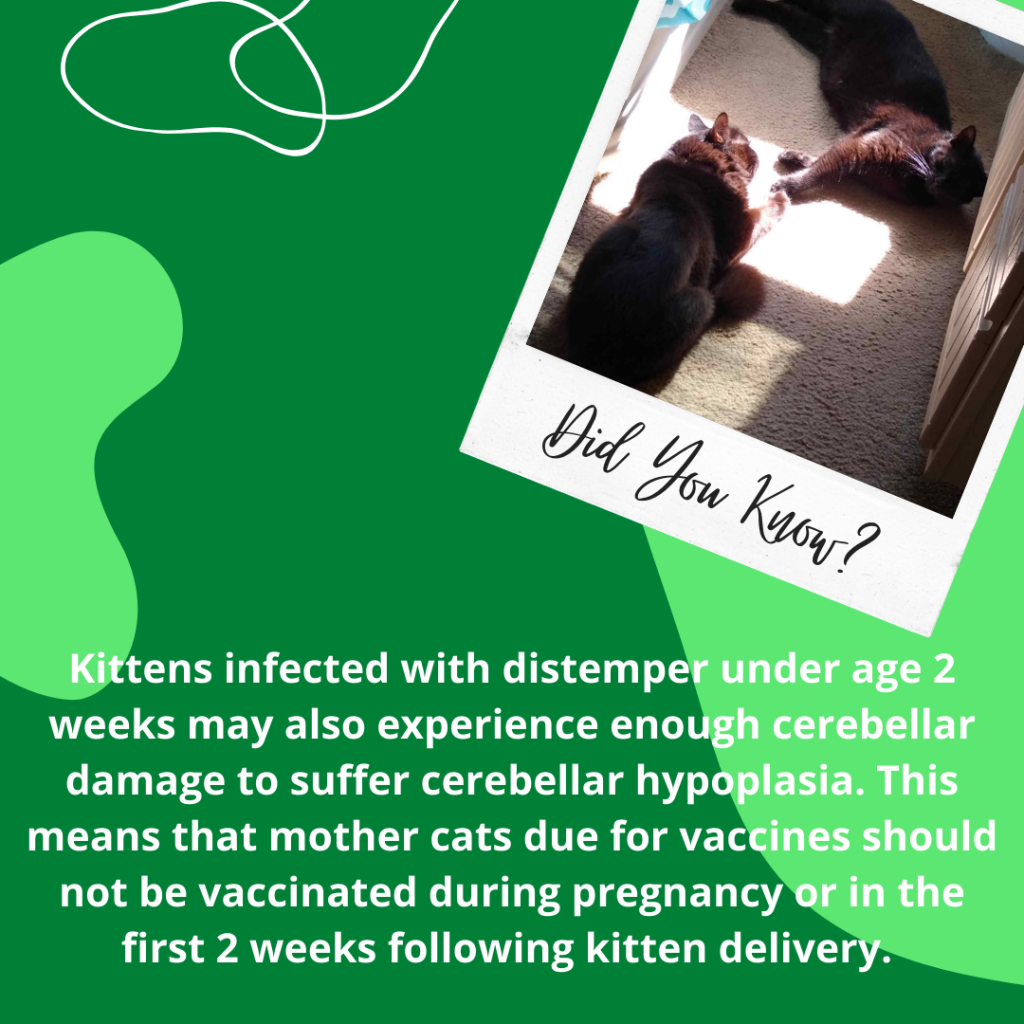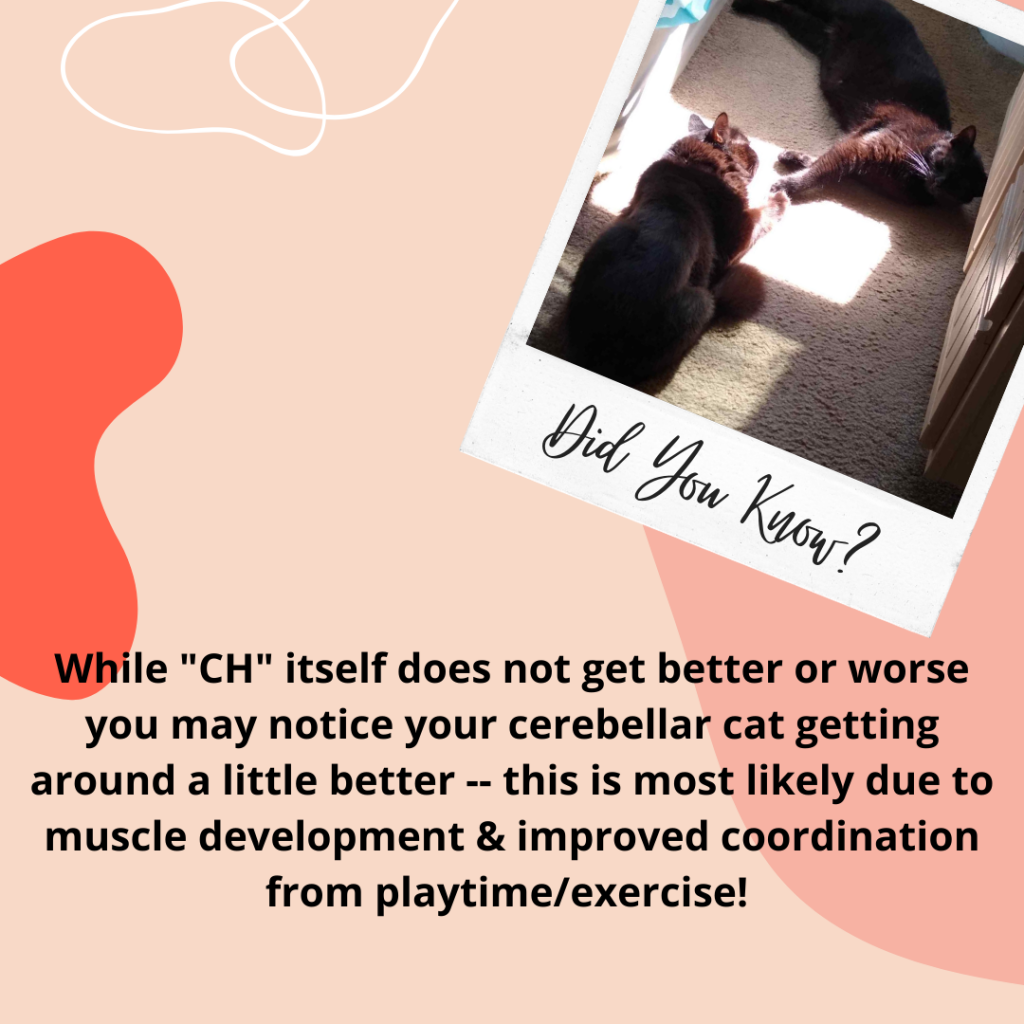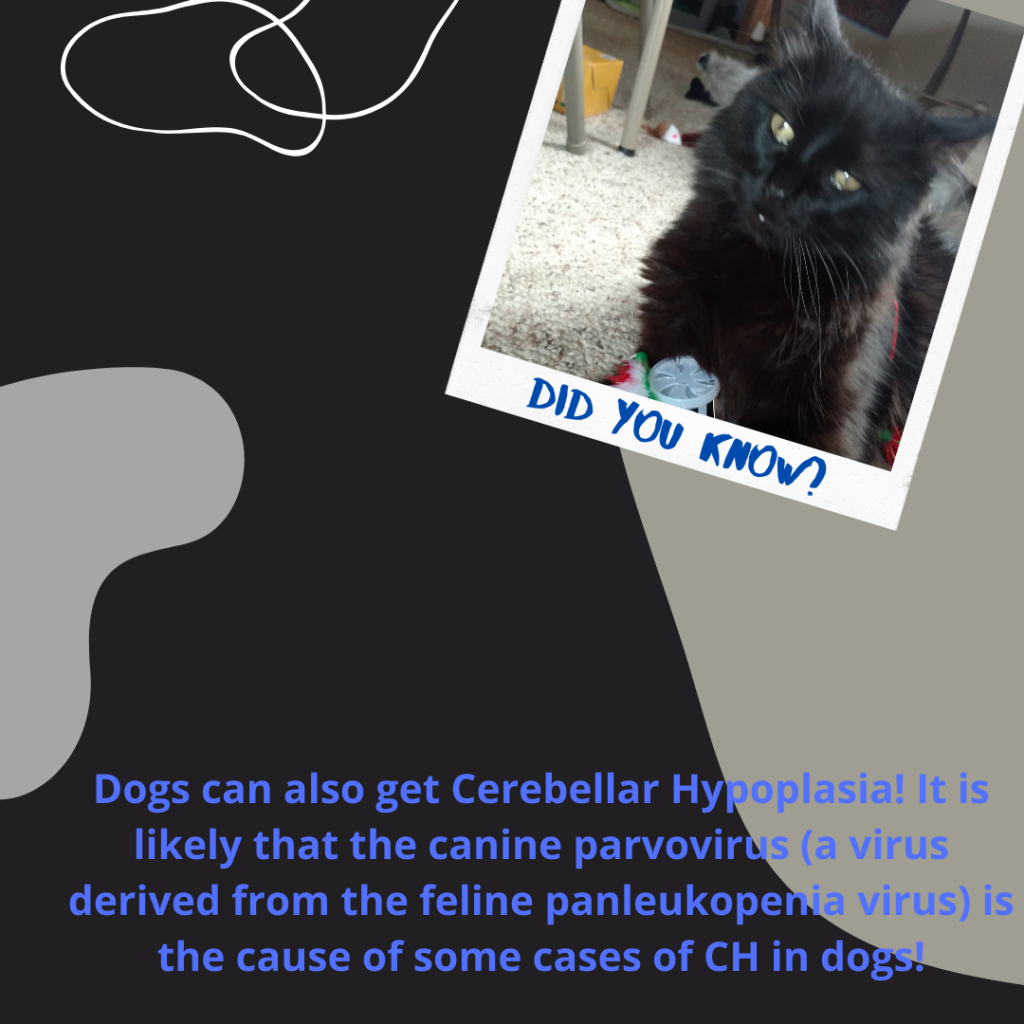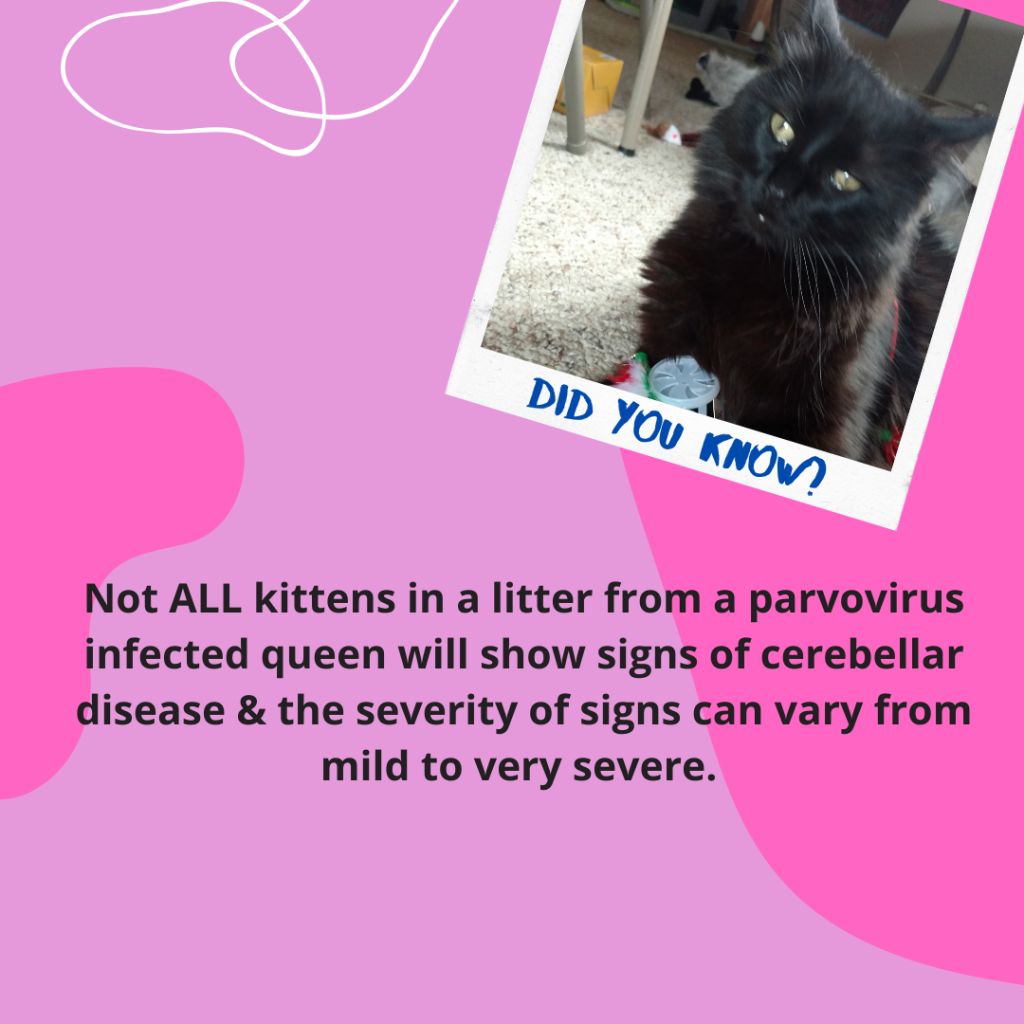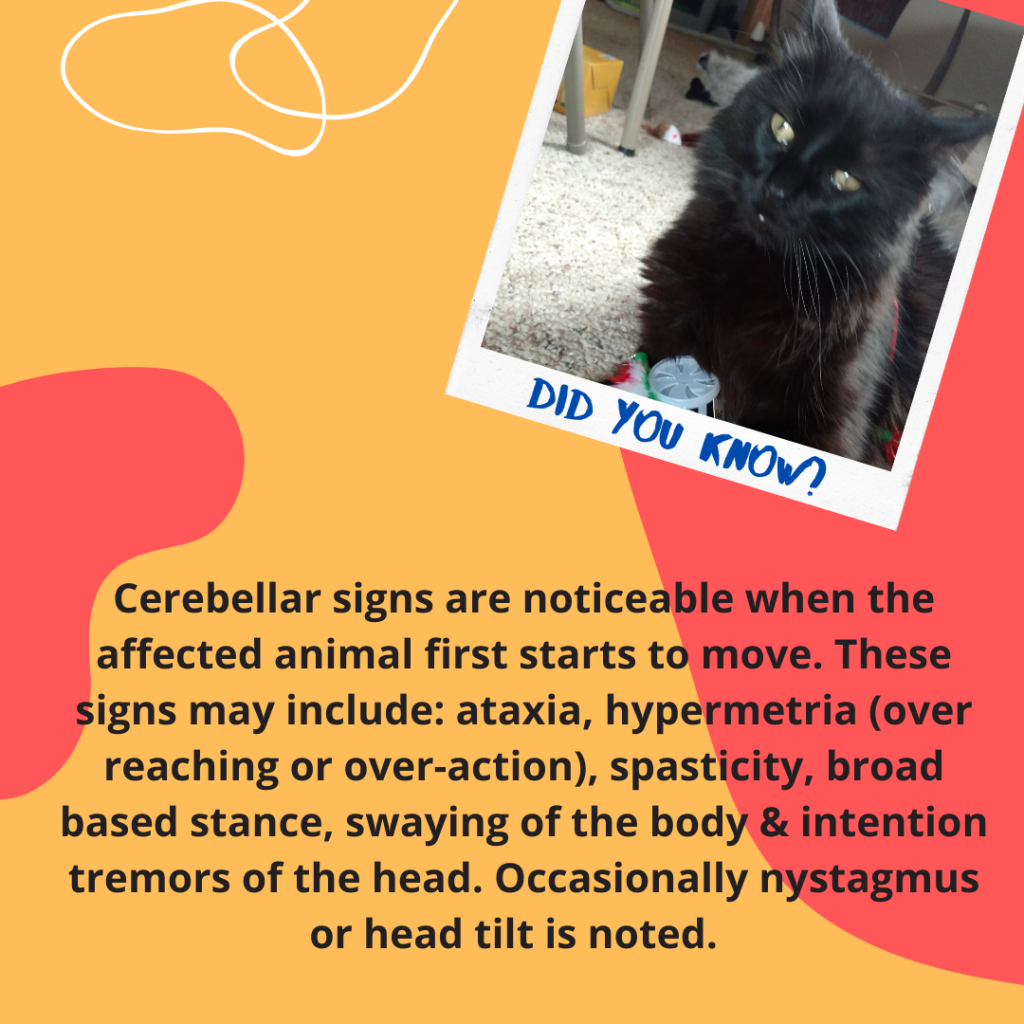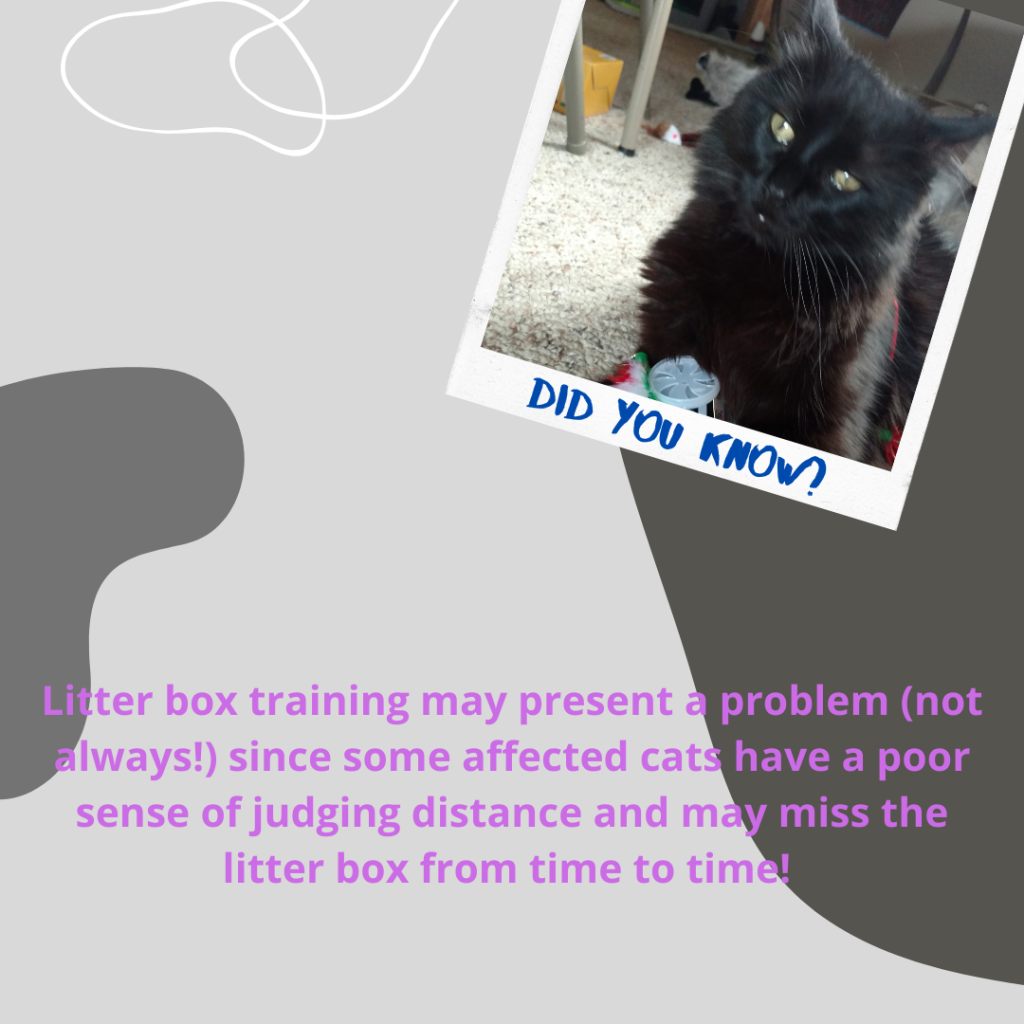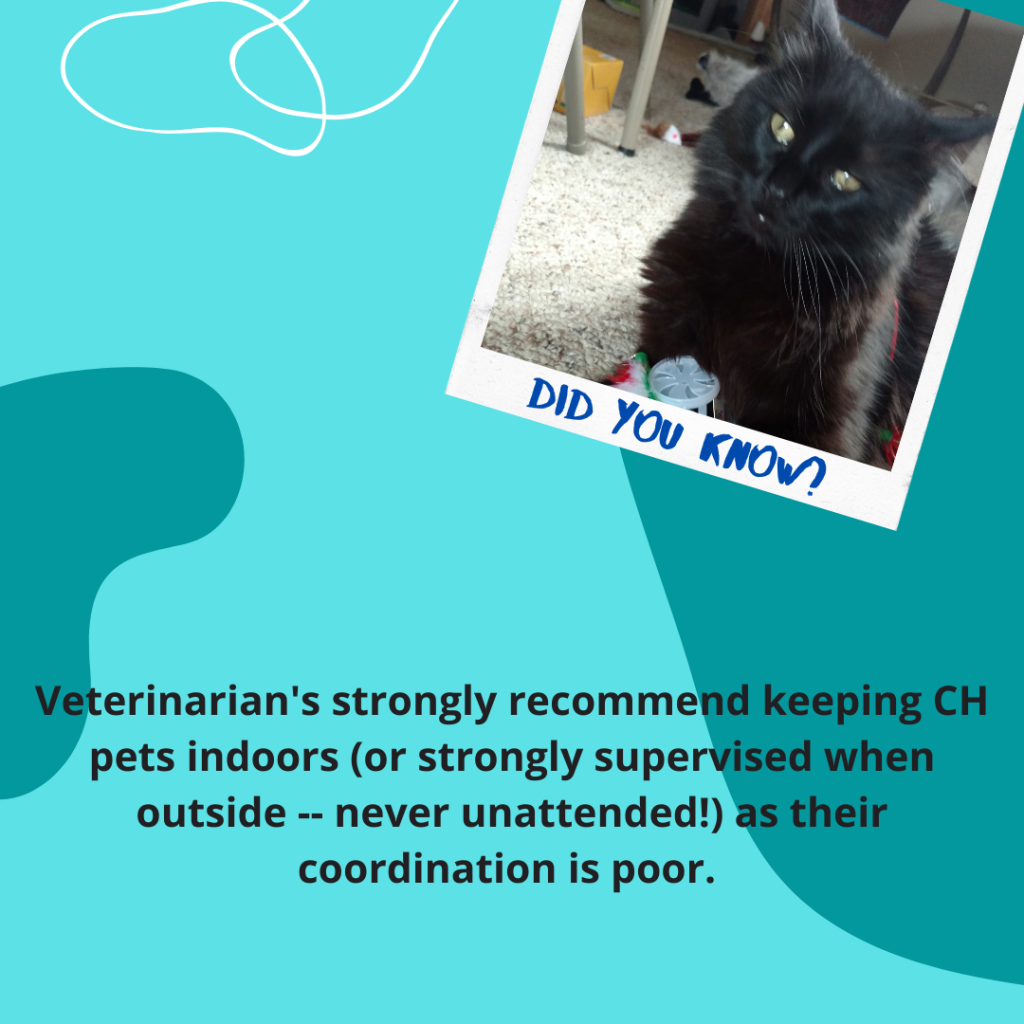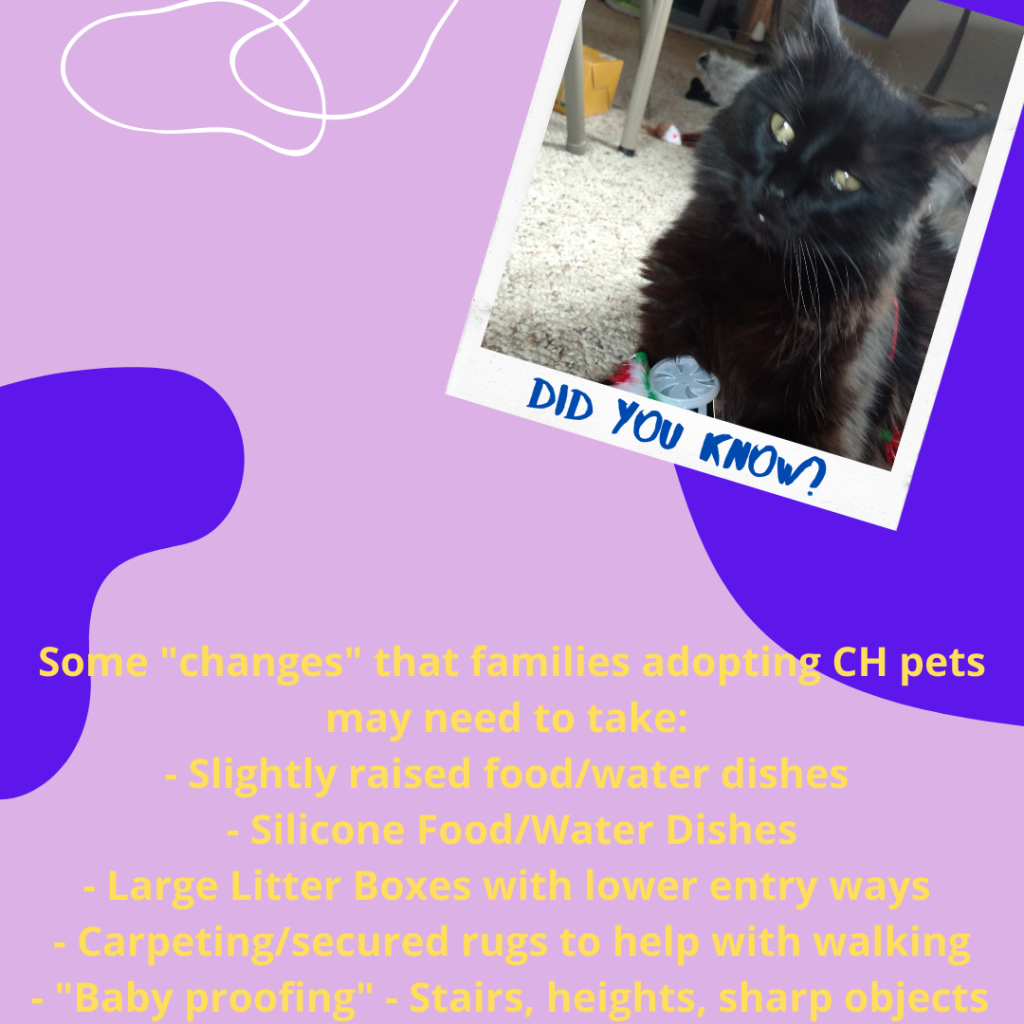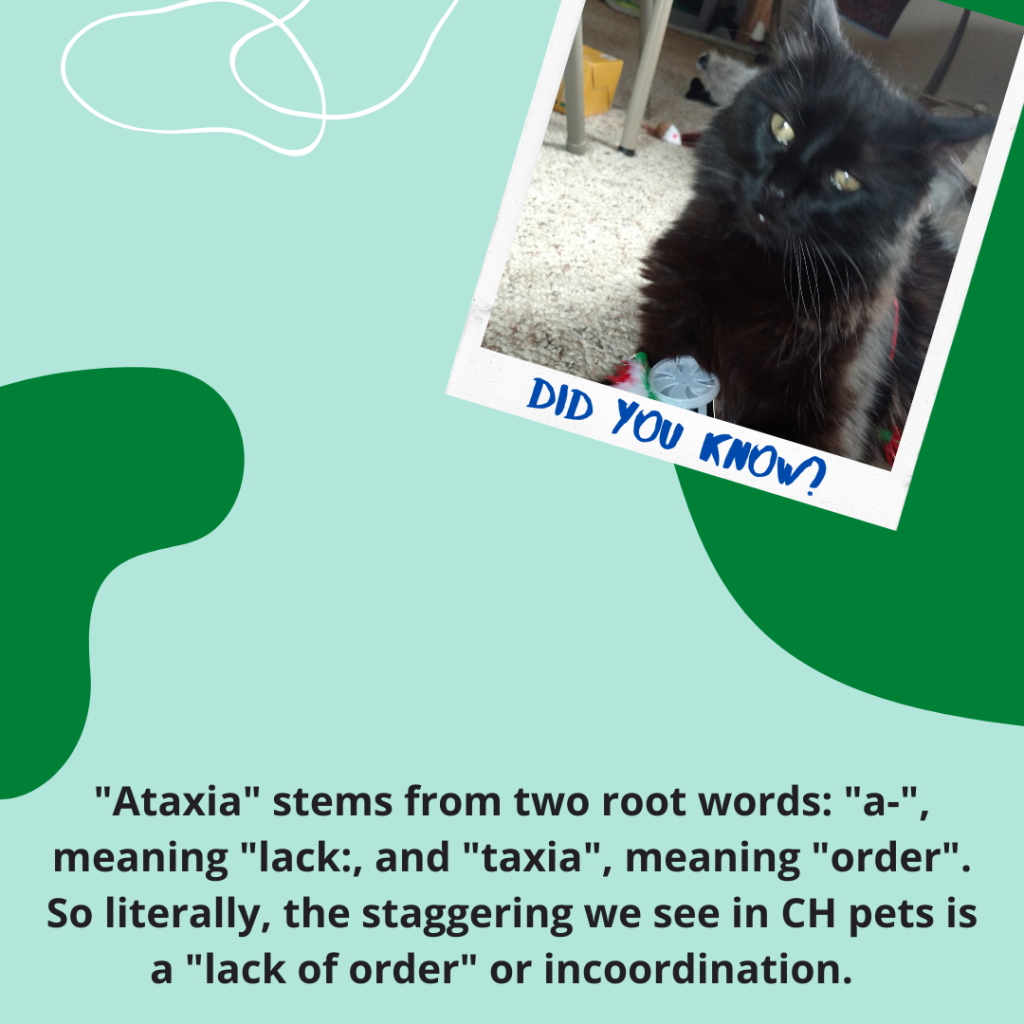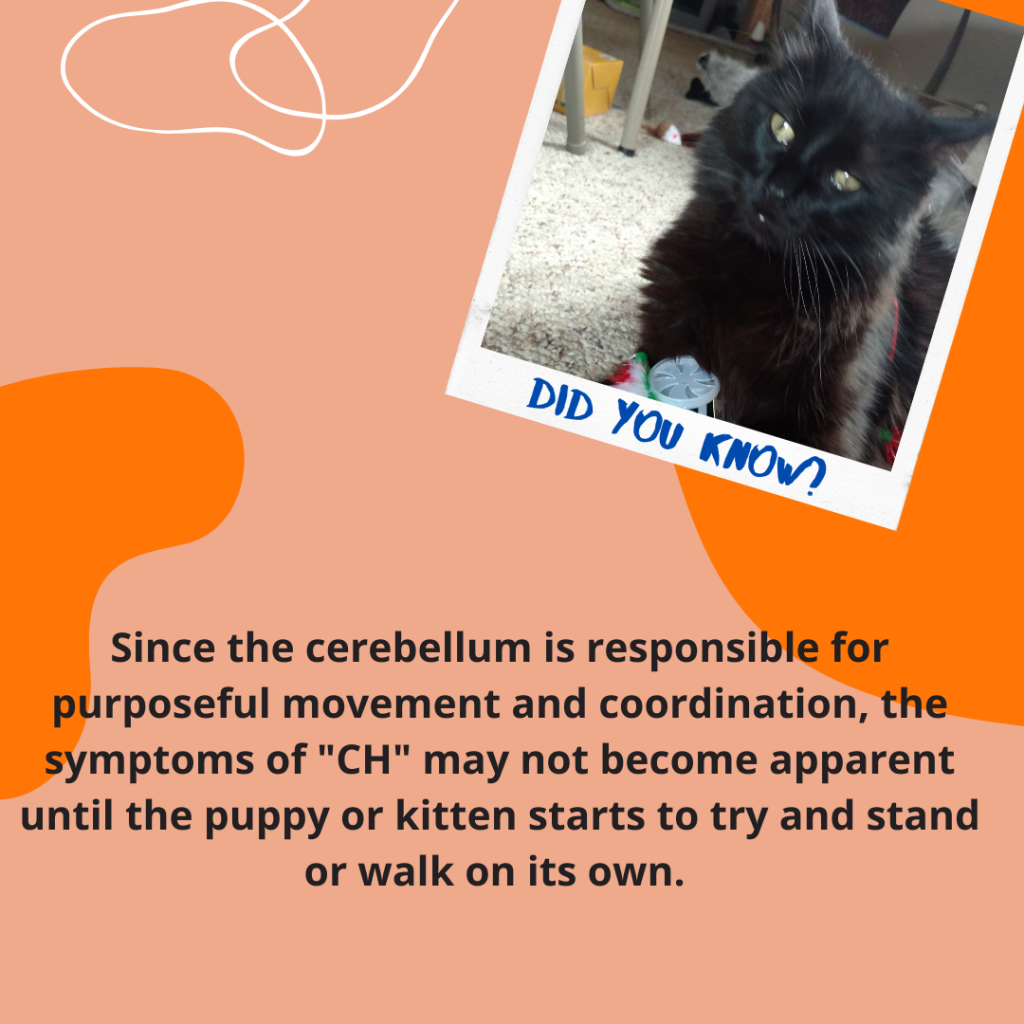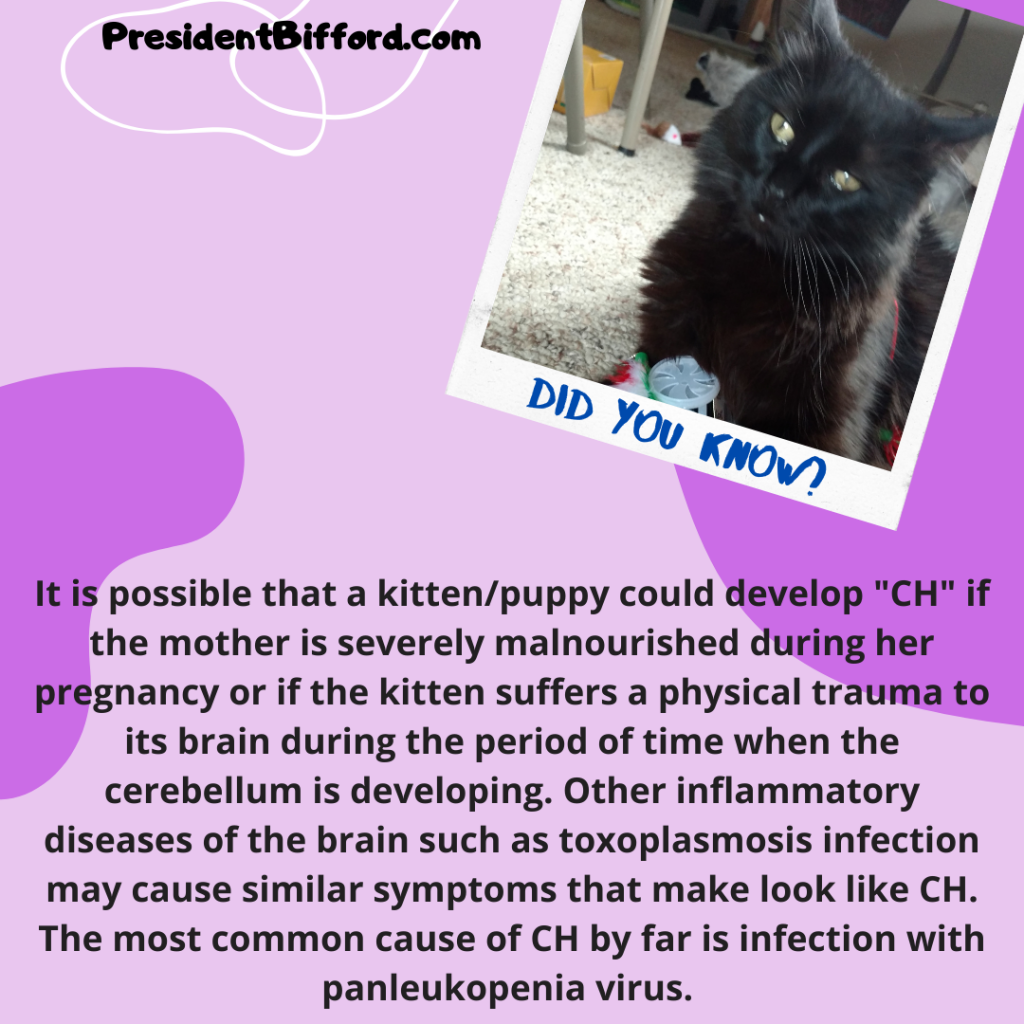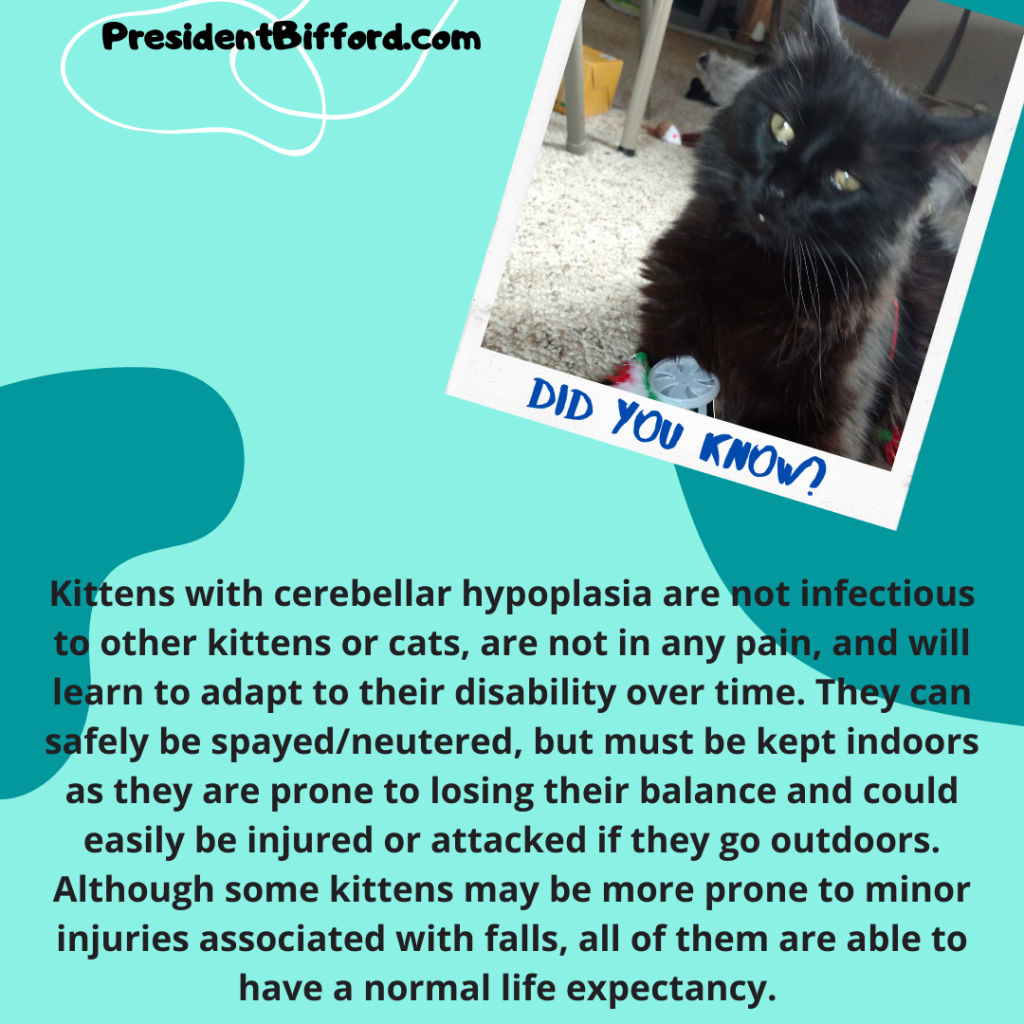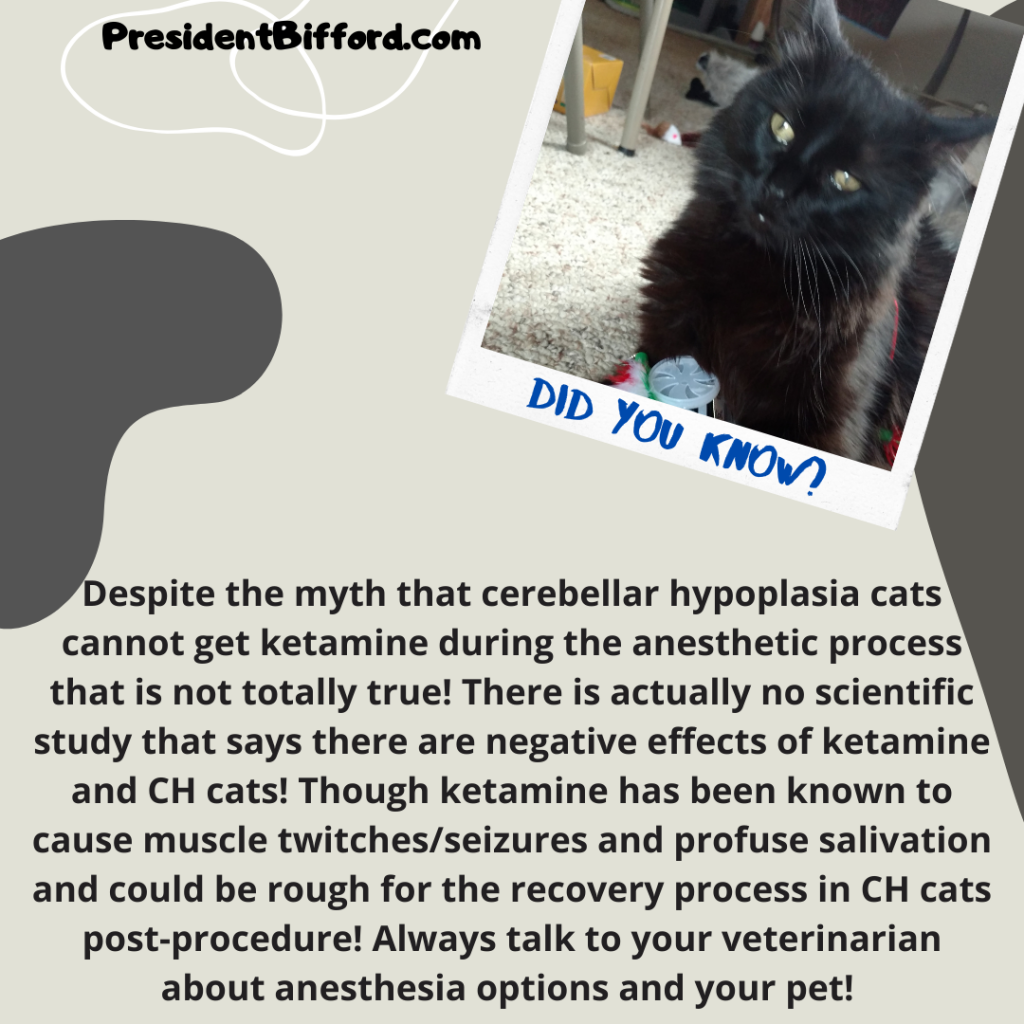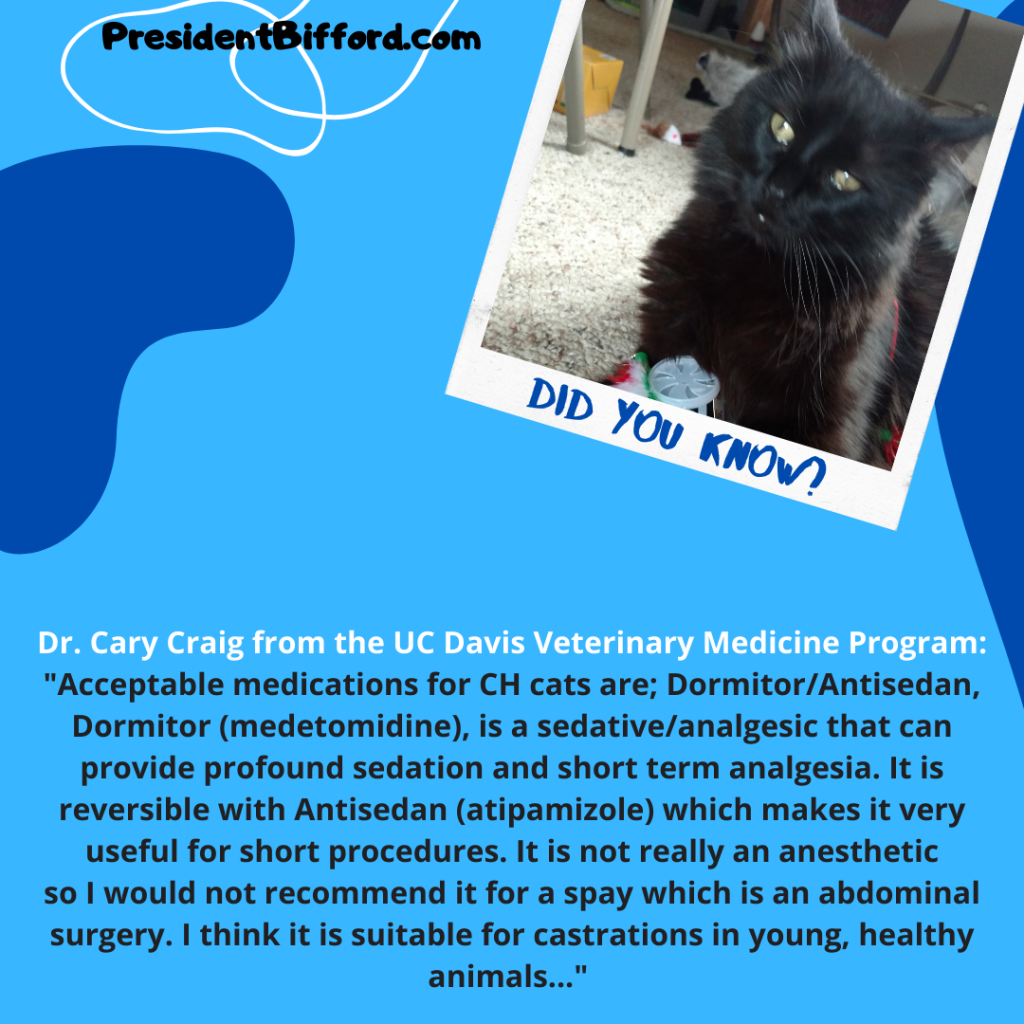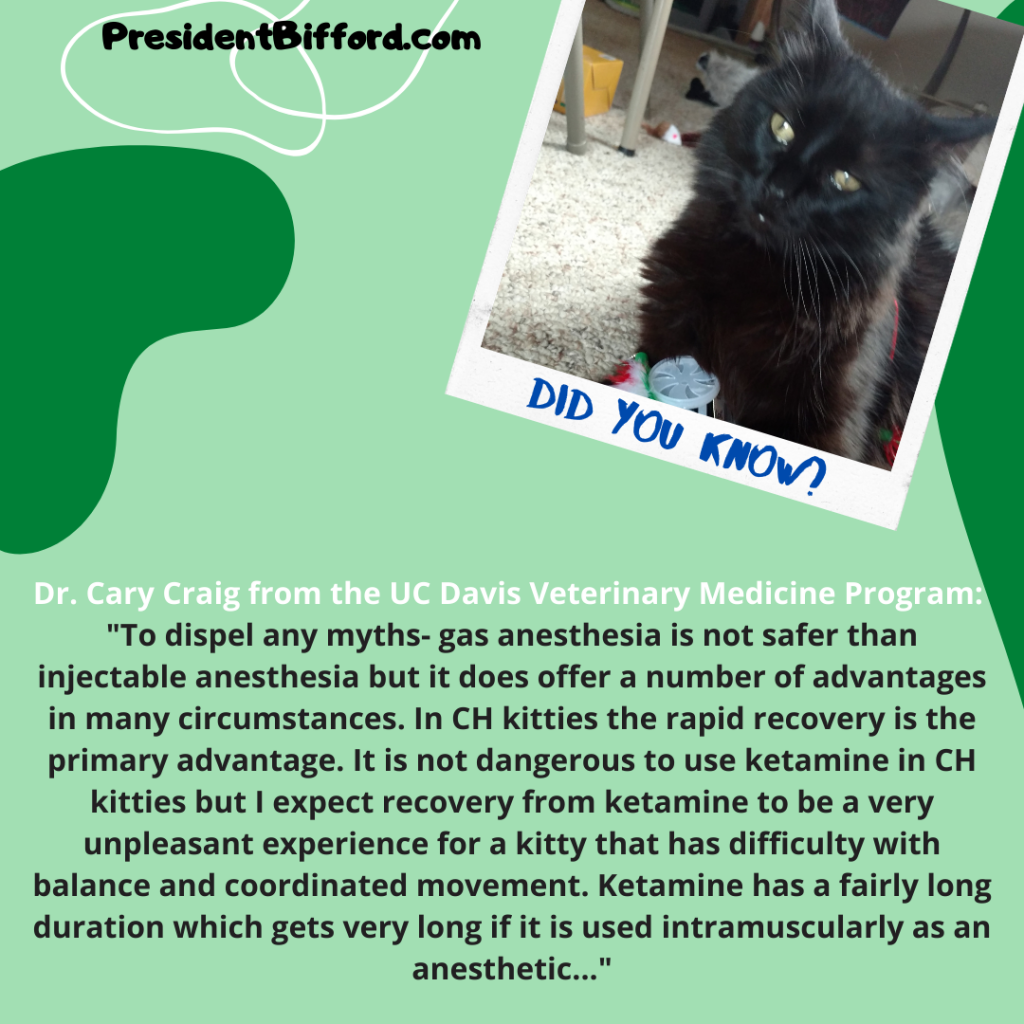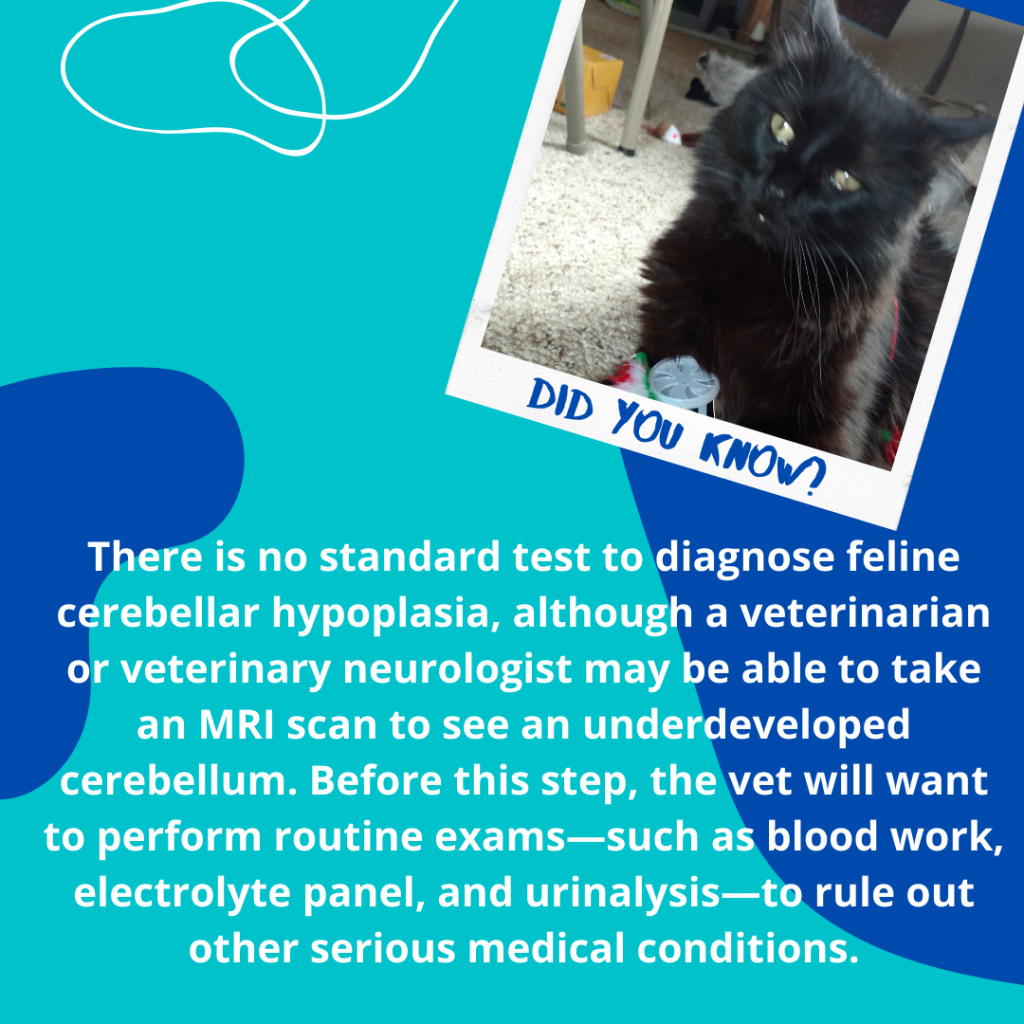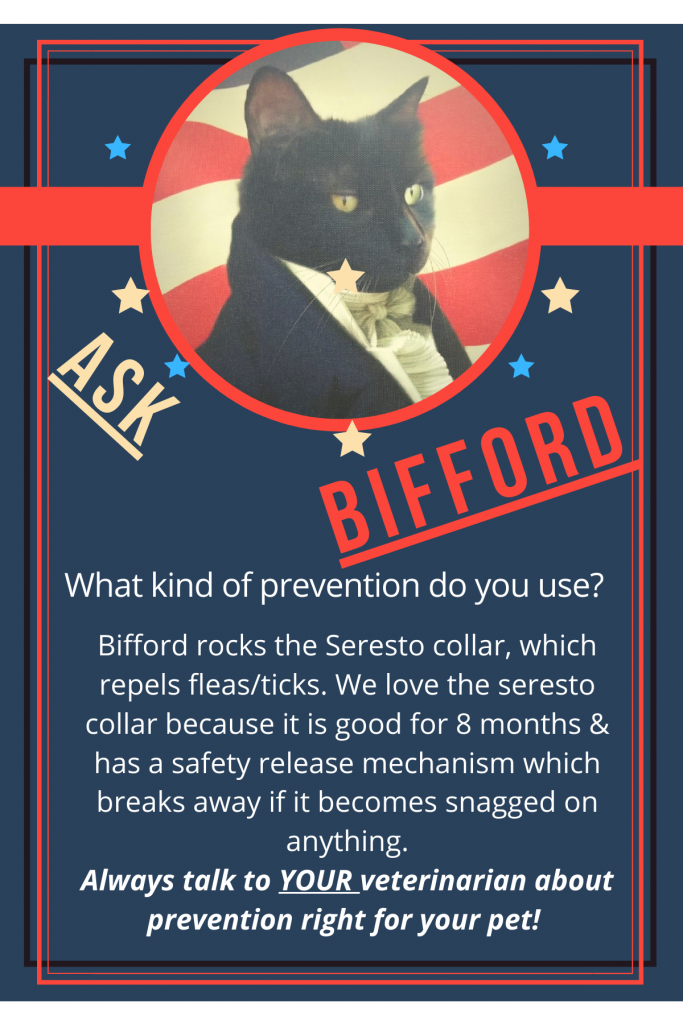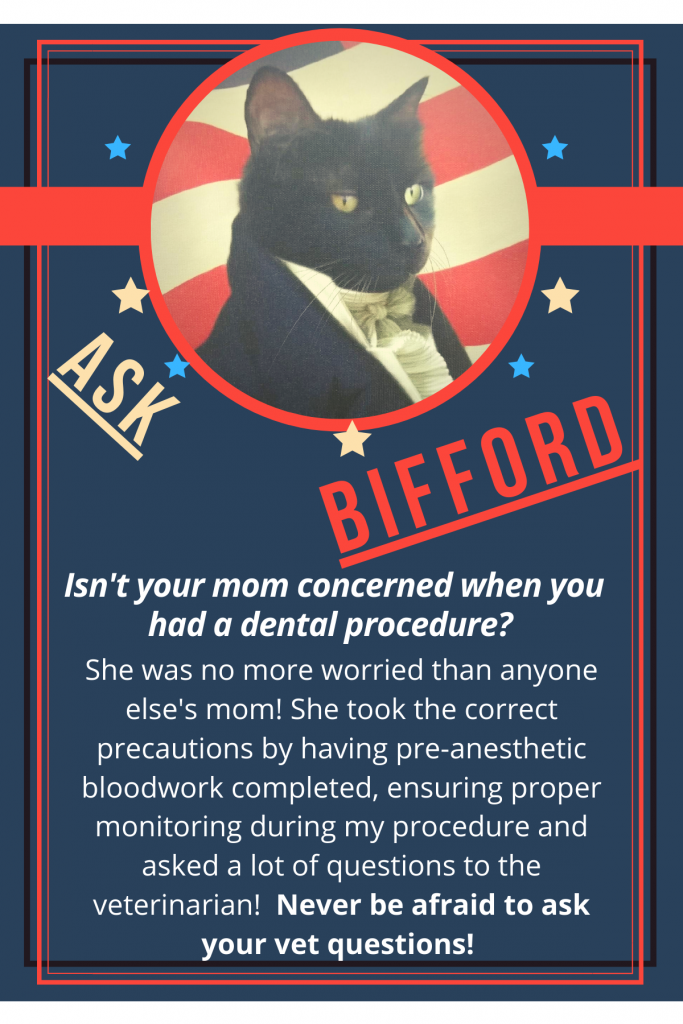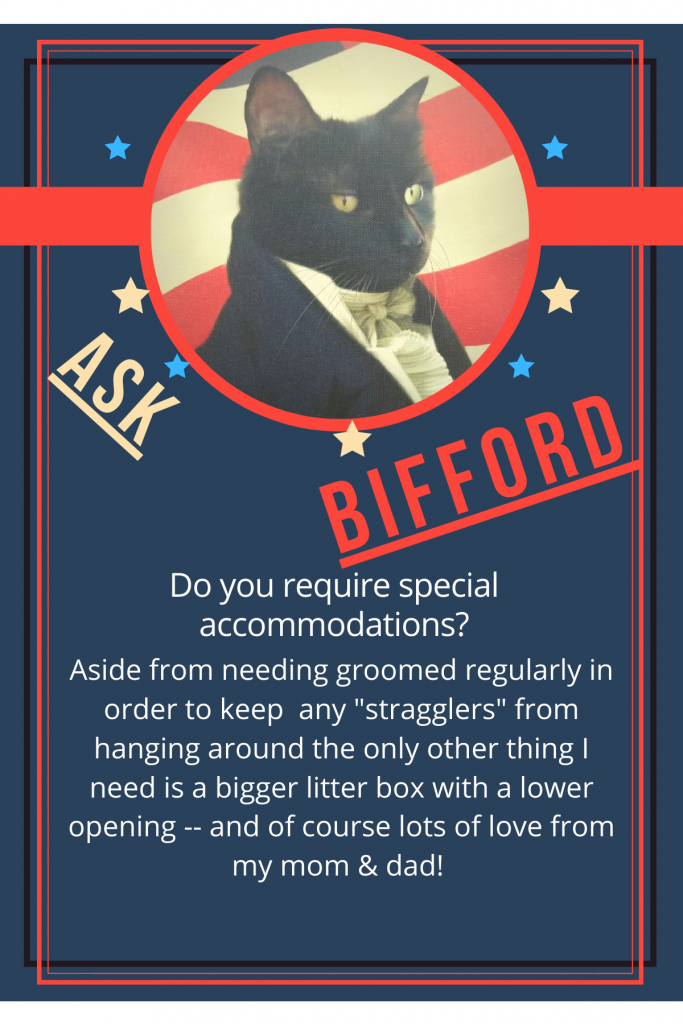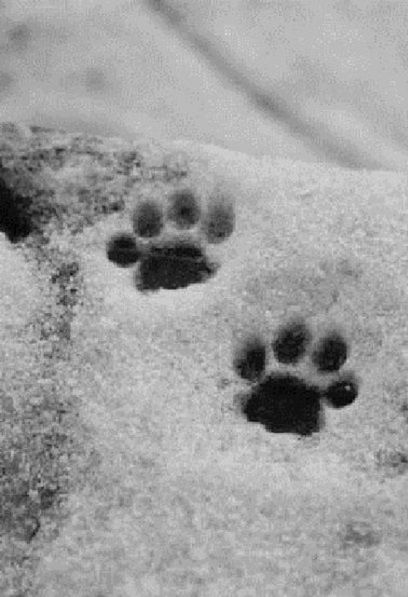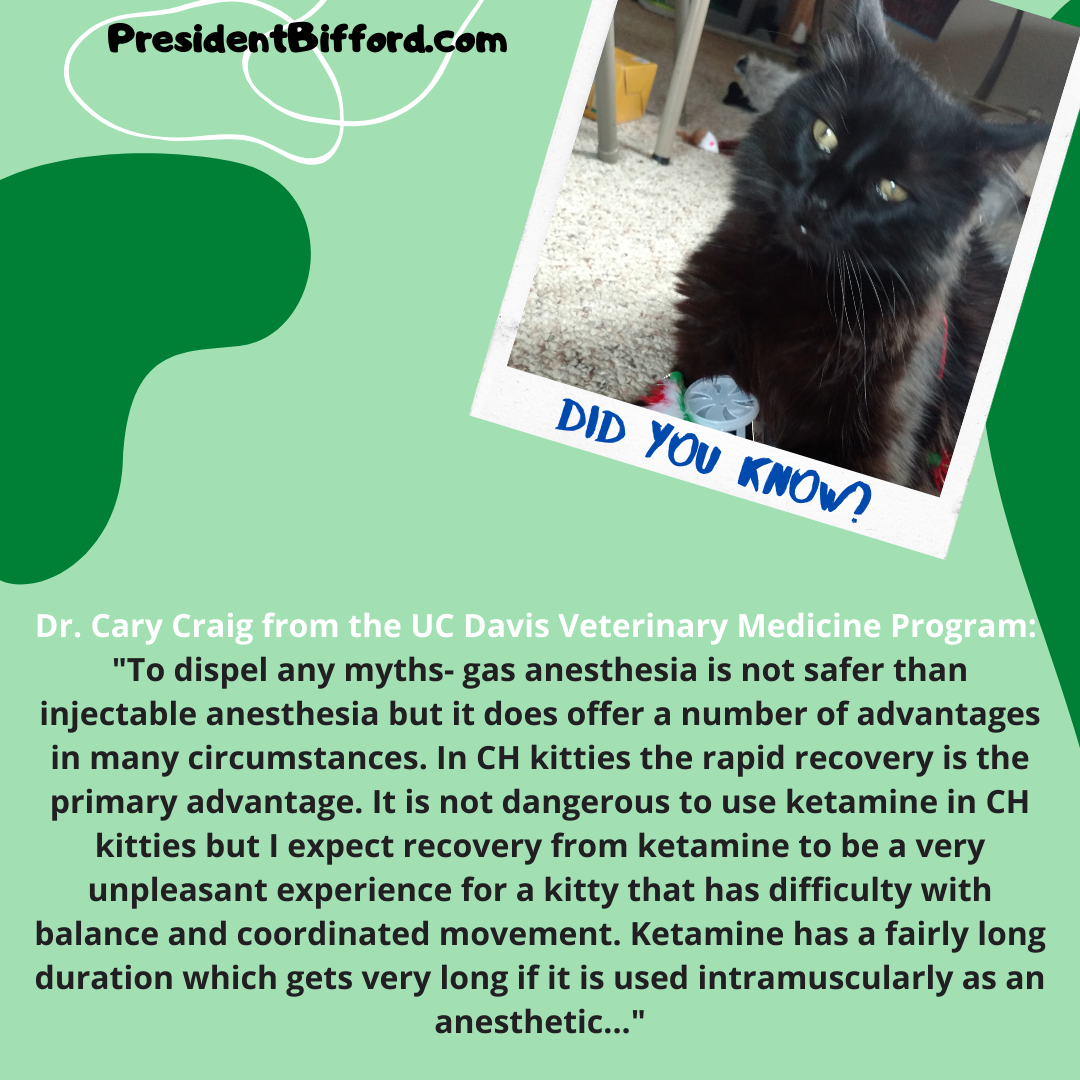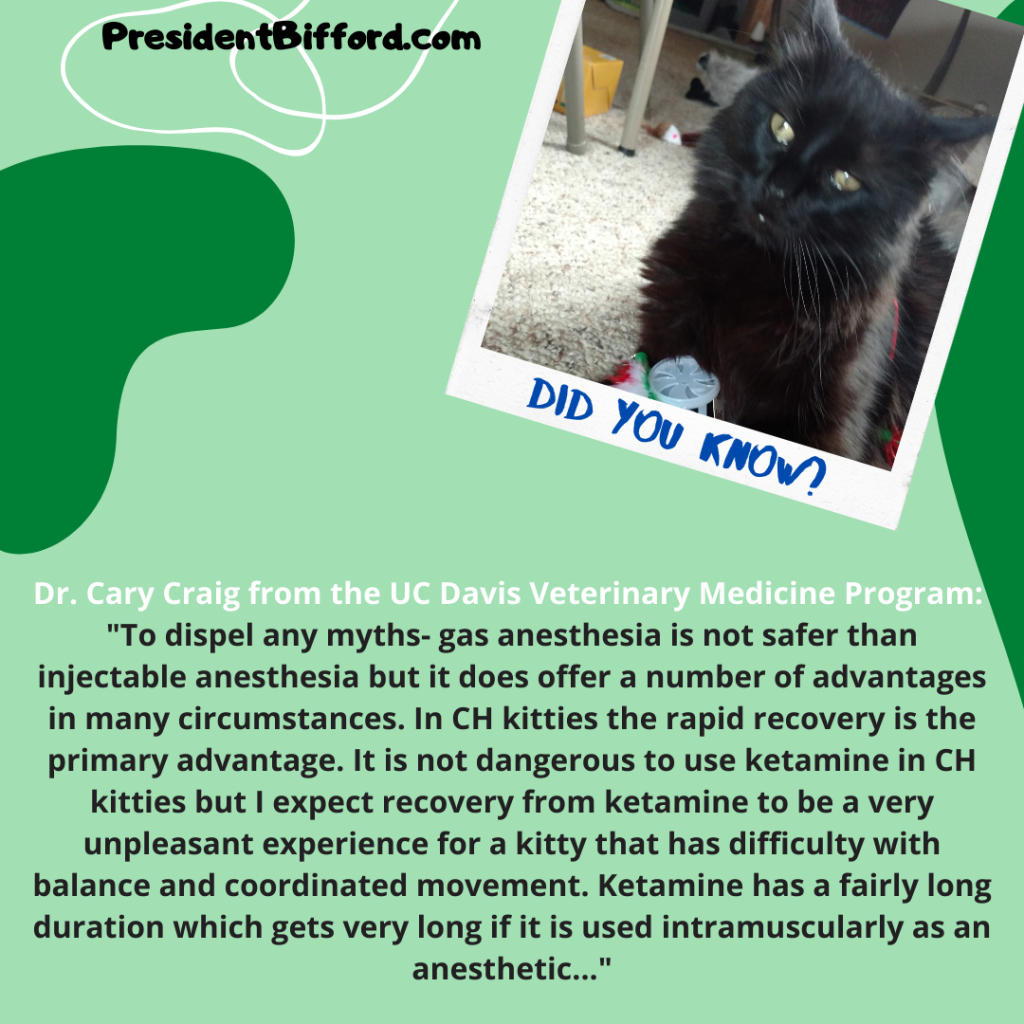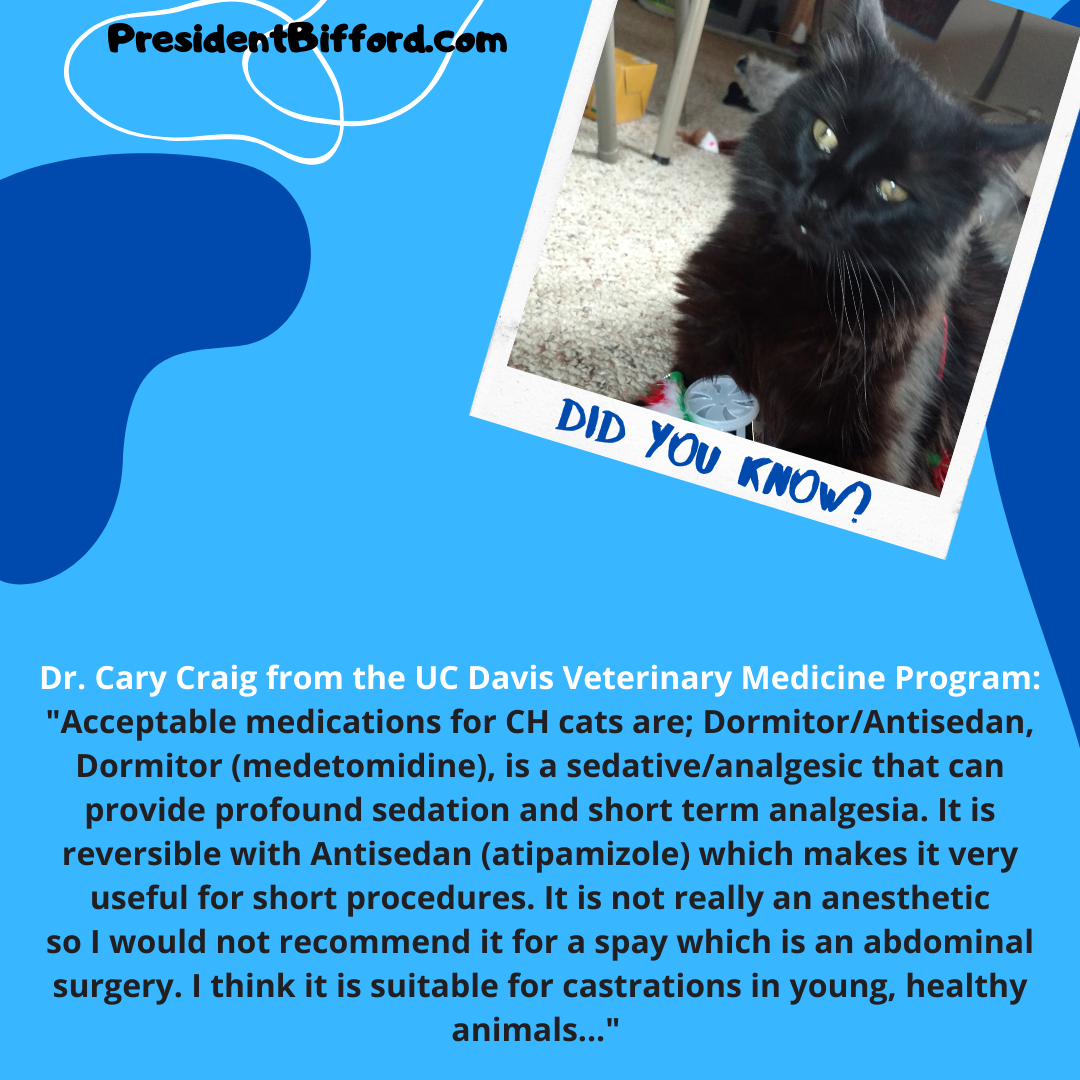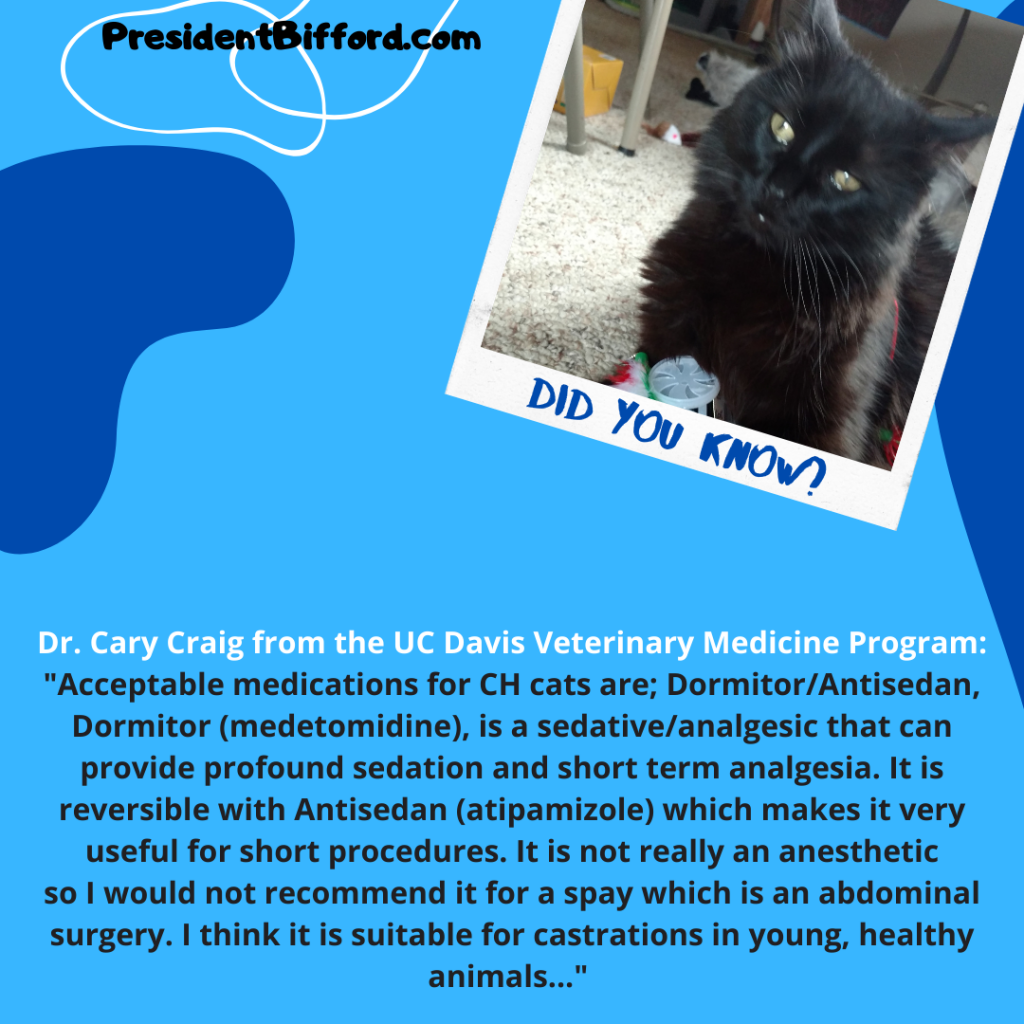Drunk Uncle Otis
Sometimes in our moments of weakness (or on what I like to call “level red mental health days”) we make these impulse decisions and it may not feel like the smartest in the moment but either you are going to learn from that weakness or you are going to bloom from it
– Drunk Uncle Otis was the moment of weakness here in the adorable house of misfits but it is a journey that we have elected to take as a family in ongoing efforts to continue to fan the flame that is our dumpster fire family (said with absolutely love)!

Drunk Uncle Otis was scheduled to be put to sleep at a clinic about an hour or so from me, the “owner” stated that the original D.U.O was 17 years old and no longer used the litterbox and it was simply his “time”.
Que the record scratch here, folks.
Luckily thanks to the observant and empathetic eye of the veterinary hospital they realized that:
1. If dude was 17 that he was the most impressive looking, Benjamin Button ginger in the world – they have him estimated to be about 6 years old. (oh the stories people will weave!)

2. D.U.O is also front paw declawed and has a mild form of cerebellar hypoplasia and since he was “no longer using the facilities” he was no longer worthy of compassion or love (total FYI he has had zero litterbox issues since coming to the land of adorable misfits).

I am sure that you all know how difficult it is to adopt out handicats to stable and loving homes let alone them being older (or having multiple handicapable qualities) so you know my inner guilt began to play on me (that and I was having reruns of when Bifford was D.U.O’s age and scared all alone waiting for his time to shine).
So just slap a kick me sign on my back and a dunce cap on my head as #MadMax and I embarked on our Saturday morning adventure to go get Drunk Uncle Otis (who is named after the drunk uncle from the Andy Griffith Show).
Pretty much instantly I knew that the D.U.O would be joining our happy band of misfits as we were not even two miles from picking him up (with well over an hour left in the car on the freeway) and D.U.O gifted #MaxMax and I with what I had initially thought was throw-up only to be delightfully tickled to know that it was, in fact, urine that he then began to roll around in without any shame in the world.
But in that moment, I knew he would fit in with the other handipets here aboard the S.S PEN15 and that filled my heart with a morbid sense of happiness and fulfillment.
Thinking I had this handicat mom gig in the bag I placed D.U.O in our spare room with a baby gate installed to keep the others out and he in (imagine my utter shock when I thought I outsmarted the ginger handicat by putting up said baby gate only to be schooled while he cleared it like he was a catapult jumper) in addition to what we can only assume was being beat up and bullied at his former home because though he is not mean he speaks three levels of Satan whenever he sees one of the other handicats galivanting about the house behaving without concern by D.U.O and his saucy attitude sprinkled with some few choice words.
Was I absolutely concerned that the handicats would react poorly to D.U.O? Sure!

Are they? Abso-sh!t-ley not! They could give two cat turds less that this red menace is bouncing around the house grumbling to himself.
I understand (and remind myself multiple times a day) that I cannot save them all, I cannot take *all* of the handicats or overstretch my limits but I *can* agree to help when I can, educate when I can, lend a hand when I am able to.
And in this particular moment something called me to D.U.O. I know there are plenty of adult handicats in the world needing love and homes but for the moment I will consider this a win because we are changing the life of one handicat in particular: Drunk Uncle Otis (as well as Bifford, Bart and Max!)









